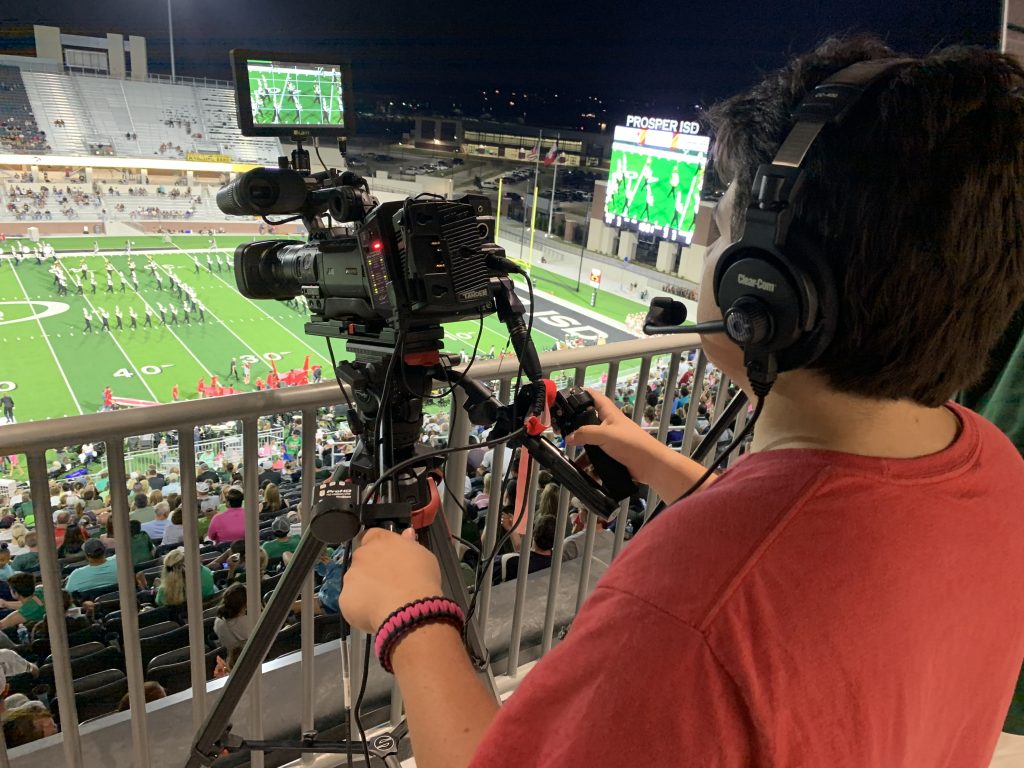Voice of the Fans – The Role of Audience Interaction in Sports Broadcasting
In the dynamic world of sports broadcasting, audience interaction plays a pivotal role in shaping the overall experience for fans. Gone are the days of passive viewership, as modern sports broadcasting has evolved into a two-way conversation between broadcasters and their audience. One of the key aspects driving this evolution is the rise of social media platforms and digital technologies, which have provided fans with unprecedented access to engage with their favorite sports and teams in real-time. Audience interaction in sports broadcasting goes beyond just providing a platform for fans to voice their opinions; it has become a powerful tool for enhancing the overall viewing experience. Social media platforms like Twitter, Facebook, and Instagram have become virtual stadiums where fans can connect, discuss, and share their thoughts during live games. This real-time interaction not only fosters a sense of community among fans but also provides valuable feedback to broadcasters and teams.

One of the most impactful ways audience interactions has transformed sports broadcasting is through fan polls and live voting. Broadcasters often integrate polls into their coverage, allowing viewers to vote on game-related questions, player performances, or predictions for upcoming events. This not only engages fans on a deeper level but also provides valuable insights into audience preferences and sentiments. Another aspect of audience interaction is the integration of user-generated content into broadcasts. Fans now have the opportunity to contribute to the narrative by sharing their photos, videos, and opinions, which are sometimes featured during live broadcasts. This not only adds authenticity to the coverage but also gives fans a sense of participation and recognition. Furthermore, sports broadcasting has witnessed the emergence of interactive features such as live chats, Q&A sessions with athletes, and interactive games during commercial breaks.
These interactive elements not only keep viewers engaged throughout the broadcast but also create memorable experiences that extend beyond the NBA중계사이트 game itself. From a marketing perspective, audience interaction has opened up new avenues for sponsors and advertisers to engage with fans in meaningful ways. Brands can leverage audience data and insights to create targeted campaigns that resonate with specific fan segments, driving higher engagement and brand loyalty. Overall, audience interaction has become an integral part of modern sports broadcasting, blurring the lines between broadcasters, athletes, and fans. The voice of the fans is no longer just heard; it is actively shaping the narrative and driving innovation in how sports content is delivered and consumed. As technology continues to advance, we can expect even more immersive and interactive experiences that bring fans closer to the action than ever before.